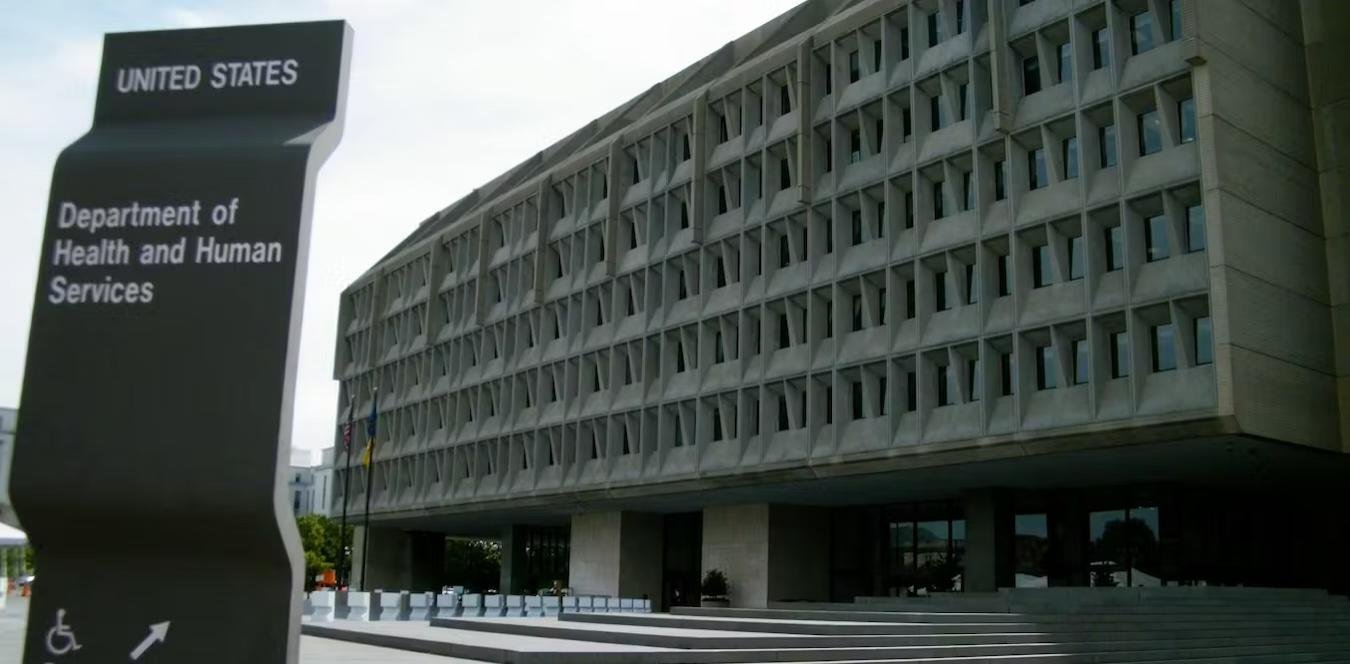Business
Trump’s HHS Axes Office Defining Poverty Levels, Impacting 80 Million Americans

The recent firings at the Department of Health and Human Services (HHS) have sparked concern, particularly the abrupt dismissal of the entire team responsible for calculating federal poverty guidelines. This small yet pivotal group operated under the Office of the Assistant Secretary for Planning and Evaluation (ASPE) and played a crucial role in determining eligibility for essential health programs, including Medicaid and food assistance.
Former staff reported that their layoffs were unexpected. Many were confused by their designation as being part of a “reduction in force.” One social scientist, who requested anonymity, suggested that the firings disproportionately affected offices associated with data analysis. “The cuts seemed random,” the employee said, voicing concern over the implications of such abrupt staff changes.
Kendall Swenson, a long-time leader in developing poverty guidelines, was among those dismissed. Colleagues described her as a key figure in maintaining the integrity and accuracy of these guidelines, which are essential for millions across the country. According to Robin Ghertner, the former director of the Division of Data and Technical Analysis, the firing of this team could severely impact assistance programs unless staffing levels are restored or responsibilities reassigned.
Timothy Smeeding, professor emeritus at the University of Wisconsin, emphasized the importance of the guidelines, stating, “If you’re thinking of someone you fired who should be rehired, Swenson would be a no-brainer.” Federal law mandates that HHS annually adjusts poverty-line figures and establishes guidelines that affect various assistance programs.
The sudden administrative leave given to staff on May 1 has left a significant knowledge gap at HHS. Ghertner noted, “There’s literally no one in the government who knows how to calculate the guidelines.” This loss of institutional knowledge may hinder the agency from fulfilling its statutory obligations, potentially leaving many Americans without critical support.
ASPE, once housed 140 staff, has seen its numbers dwindle to about 40 after the merge with the Agency for Healthcare Research and Quality (AHRQ). This significant reduction, which included nearly 20,000 jobs cut agency-wide, raises concerns about the continuity and capability of HHS programs.
Despite criticism, HHS defended the staffing changes as a strategic effort to streamline operations under Secretary Robert Kennedy Jr. A spokesperson stated that critical ASPE programs would continue to serve the public. However, contrasting voices within the agency, including former officials, suggest that the layoffs point to a deeper issue of oversight and planning.
Concerns were echoed by Wendell Primus, who formerly worked at ASPE. He remarked, “These staffing cuts are completely unprecedented and appear to lack justification.” The risk that state and federal governments may need to establish inconsistent guidelines could potentially lead to legal complications and inequities across assistance programs.
The current poverty threshold is set at $15,650 for individuals and $32,150 for families of four, with about 79 million Americans enrolled in Medicaid or the Children’s Health Insurance Program relying on these figures. The implications of holding the poverty level stagnant are significant; if economic conditions lead to higher living costs, families may lose eligibility for vital assistance—a situation that could unfold if the guidelines are not updated.
As legislators await testimony from Secretary Kennedy regarding these cuts, the broader implications of such staffing decisions on American health and welfare programs remain uncertain. The urgency of clarity from HHS is underscored by the potential for adverse effects on the many who depend on critical governmental support.


















